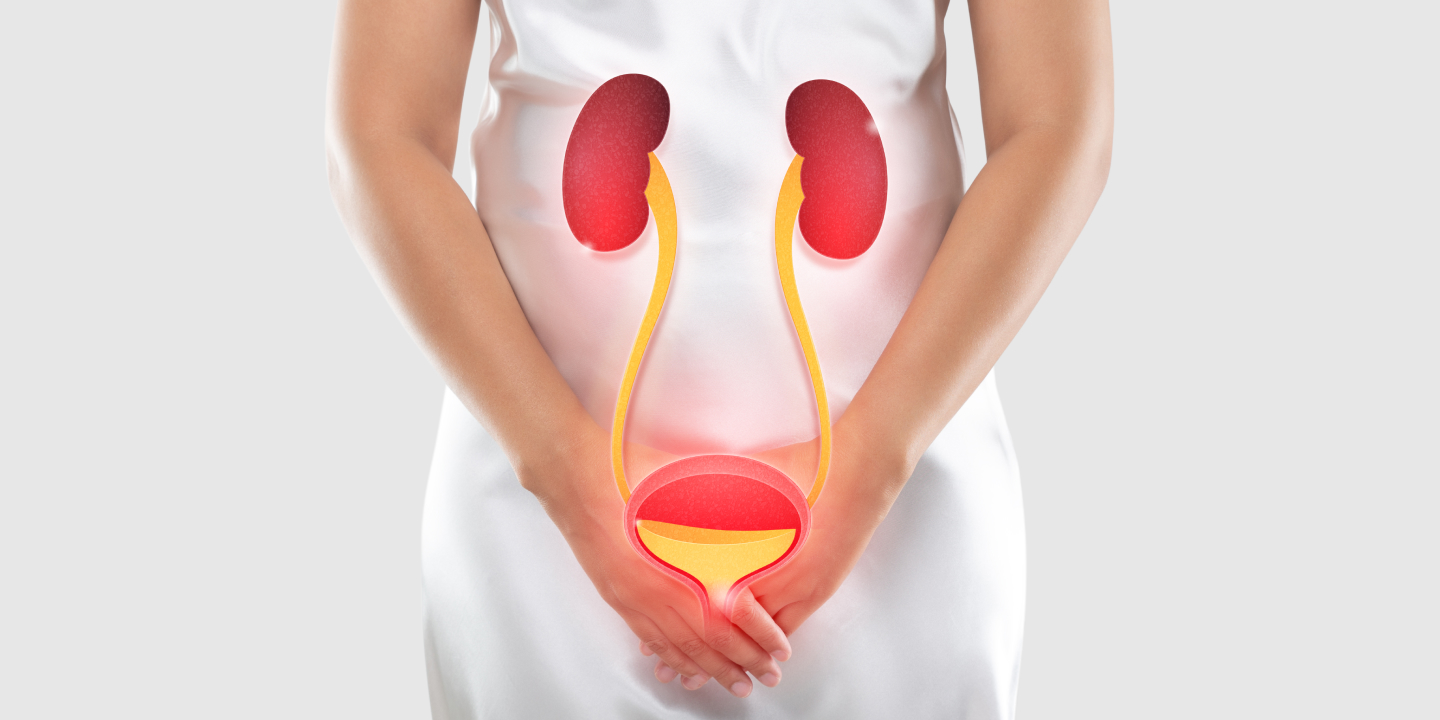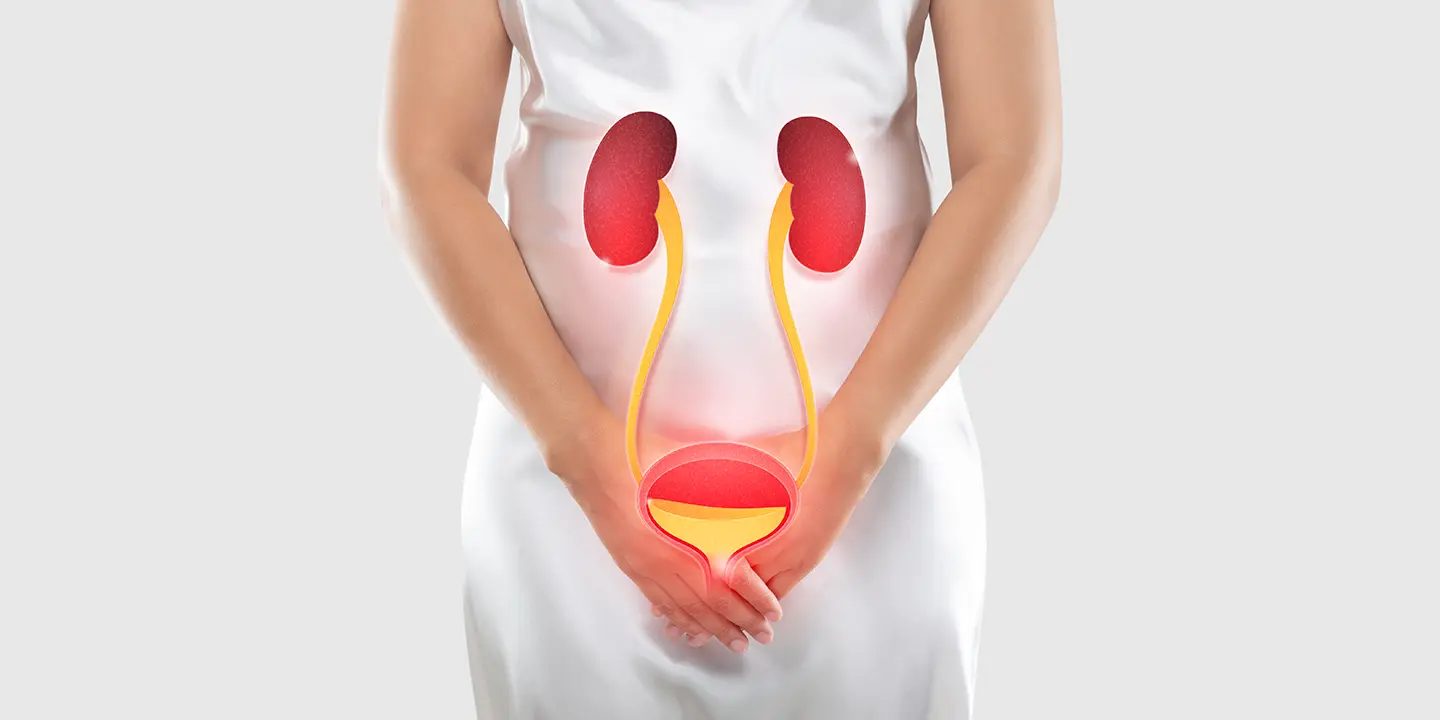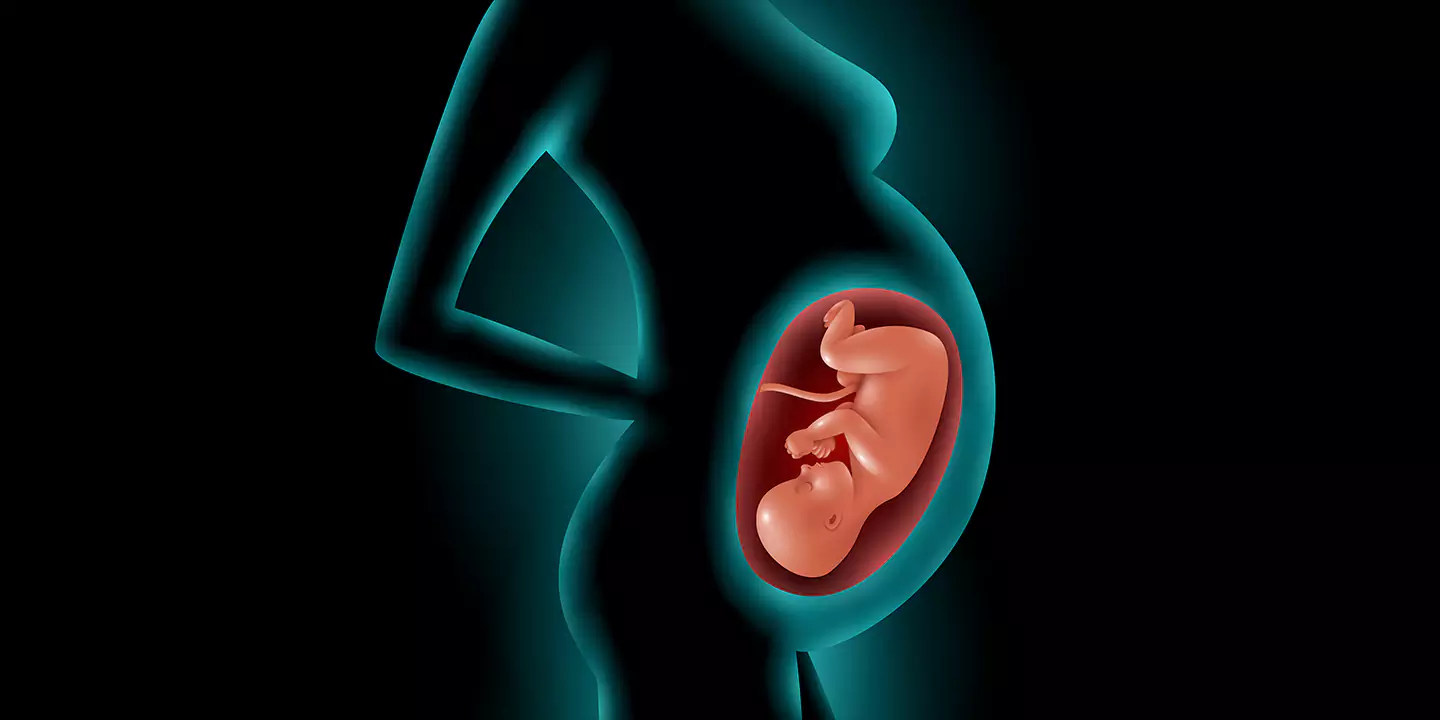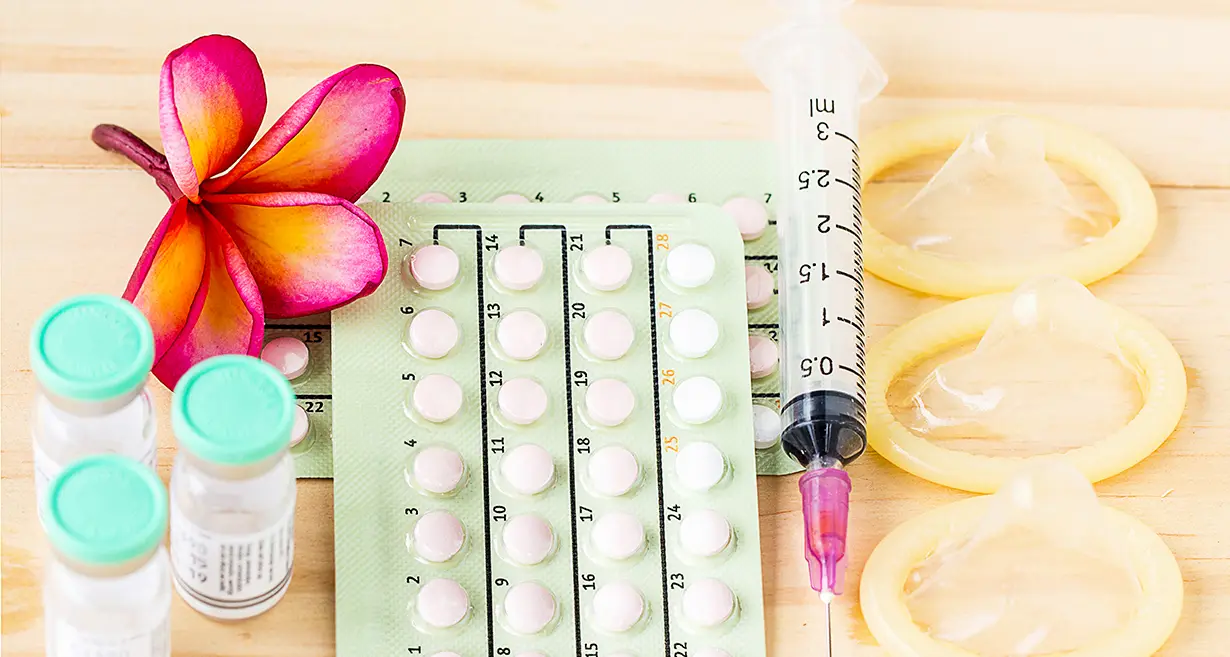
Risk content: Toxic shock syndrome is a rare but severe infection and is a medical emergency. It is necessary to know all about TSS symptoms as it is a medical emergency. It is caused by a bacterial infection when it gets into the bloodstream and produces toxins. There are many other causes of TSS, which are also linked to superabsorbent tampon use during periods. The symptoms are also linked with different ailments and can be confused with flu; that is why it is vital for you to be aware of what TSS is and what its causes are. TSS is more likely to recur in those who have already had it. Thus it is best to avoid using tampons during your period if you have recovered earlier from TSS. If you experience symptoms after using tampons or after surgery or skin injury, then it is best to contact the best gynaecologist as soon as possible. Queen’s Gynecology is among the best clinics to treat all women-related issues. Here you can discuss your symptoms with expert gynaecologists to get all details to get it treated on time.
In this Article
- 1 Toxic shock syndrome – A Life-Threatening Illness
- 2 Toxic shock syndrome – symptoms that should not be ignored.
- 3 Toxic shock syndrome – know the causes to stay alert
- 4 TSS and tampon – the link between the two
- 5 Toxic shock syndrome – diagnose
- 6 Toxic shock syndrome – Treatment from the best gynaecologist
- 7 Ways to reduce the risk of developing TSS
- 8 FAQs
- 9 Conclusion
Toxic shock syndrome – A Life-Threatening Illness
TSS is a life-threatening condition, and you need to know the toxic shock syndrome meaning and about its causes to help yourself. It is an illness that is caused by infection with Streptococcus pyogenes and is also called Staphylococcal toxic shock. It is a sudden fatal condition that develops due to the release of toxins from an overgrowth of bacteria and is found in many women’s bodies. The condition mainly affects menstruating women, especially those who use superabsorbent tampons.
A body’s response to an infection with a sharp drop in blood pressure deprives organs of oxygen and can also lead to death. The TSS occurrence is not well understood because a person needs to have the bacteria to develop the TSS symptoms, but just the bacteria does not mean that you will have TSS. Some people naturally have staph and strep bacteria on their skin, vagina, and nose. Still, they never develop the condition due to the bacteria they already have. As per experts, an interaction amid having bacteria and some other factors causes TSS in many. Women who are menstruating are most likely to get the infection as toxic shock syndrome menstrual cup connection is proven.
However, the underlying details are not entirely understood. Still, one theory is that the bacteria naturally present in the vagina can grow in the presence of blood-soaked tampons. About one-third of women who have TSS have found that they do not have bacteria in their vaginas. There are two types of TSS :
- Staphylococcal TSS – It is caused by the Staphylococcus aureus (S. aureus) bacteria
- Streptococcal TSS (STSS) – It is caused by group A Streptococcus, or “strep,” bacteria
Toxic shock syndrome – symptoms that should not be ignored.
The symptoms of TSS include:
- fever
- vomiting
- diarrhoea
- a skin rash same to sunburn
- peeling patches of skin, especially on the feet and hands
- muscular aches
- Lips, tongue and whites of eyes turning red
- headaches
- a sore throat
- red eyes
- confusion
- drop in blood pressure
- joint pains
- sensitivity to light
- kidney failure
- collapse.
Toxic shock syndrome is also termed a medical emergency. However, TSS symptoms could be due to a different condition, so it is vital to contact the best gynaecologist as soon as possible if you experience a combination of these symptoms and use tampons. It’s doubtful that you have TSS, but these symptoms should not be ignored in any case. Also, when you feel there is a certain health problem and if you’re using a tampon, diaphragm, menstrual sponge, or cervical cap when you get ill, remove it immediately. Also, tell your gynaecologist if you’ve been using a tampon and had a burn or skin injury or have a skin infection like a boil.
Toxic shock syndrome – know the causes to stay alert
The leading cause of toxic shock syndrome is either by staphylococcus or streptococcus bacteria. These bacterias naturally live on the skin and in the nose or the mouth without causing harm. The TSS symptoms are developed by Staphylococcus aureus bacteria, one of the numerous staph bacteria that cause skin infections in burn patients and hospital patients who have undergone surgery.
Staph is usually and naturally present in the vagina and still the main cause of how toxins are responsible for toxic shock syndrome. But there are causes like :
- When the bacteria get an environment in which they can grow rapidly and release poison. The poison that is released when getting into the bloodstream.
- Using female barriers contraceptives
- If you have problems with your skin like cuts, boils, insect bites etc.
- Childbirth
- Using nasal packing to treat nosebleeds
- Having a staphylococcal infection like throat infection, cellulitis, etc.
TSS and tampon – the link between the two
Staphylococcus aureus is a common bacteria type that lives on the skin naturally and inside the nose as well and is harmless. But it can cause many infections if it enters a person’s bloodstream. For TSS to develop, these bacteria first overgrow and make a large amount of TSS toxin that enters the bloodstream.
TSS tampon has a great link in terms of this. . Tampons increase the risk of developing toxic shock syndrome because :
Tampons of super absorbent varieties left in the vagina for a long time encourage the bacteria to grow. Tampons stick to the vagina walls when blood flow is light and cause tiny abrasions when they are removed.
- A tampon filled with blood is a supportive place for the rapid growth of bacteria, also it depends upon with which material it is made.
- Using the Polyester foam of a tampon provides the best environment for the growth of bacteria instead of using either cotton or rayon fibres.
- In a few cases placing diaphragms, menstrual sponges, and cervical caps in the vagina for a long time also causes TSS. In the case of sponges alone, the infection can be caused by the pieces of the sponge remaining in the vagina.
- Ways how bacterial poisons enter the bloodstream and are also be associated with tampon use.
Toxic shock syndrome – diagnose
If you experience any of the above-listed symptoms of toxic shock syndrome, you must visit an expert doctor for immediate medical attention. Your doctor will check all your symptoms and discuss all about your medical history with you. They may also ask you about your use of tampons and any recent wounds you’ve had.
Toxic shock syndrome is rare; your visit to the best gynaecologist will help them to look for the common TSS symptoms. They may look for some common signs like :
- High fever above 102.02 degrees F
- Dangerously low blood pressure
- Skin rash
Evidence that you have at least three organs that are affected by the infection.
Your gynaecologist will recommend blood and urine tests to look for signs of staph or strep infection. Specimens will also be taken from your throat, vagina, and cervix also. If you have any flesh wounds, a tissue sample may also be taken from that; some Additional tests that might be ordered by the doctor are:
- CT scan to view the soft tissue to determine the presence of infection and the extent of damage
- Chest x-ray to see if there is any lung damage
- Spinal tap to determine the spinal fluid for infection
Toxic shock syndrome – Treatment from the best gynaecologist
Treatment of toxic shock syndrome involves hospitalization because it is life-threatening in nature. First of all, your gynaecologist will remove tampons or contraceptive devices from your vagina if it is one of the causes. Then you will be given IV fluids along with medications to raise blood pressure if it is marked as low. The treatment of both types of TSS infection involves antibiotics through IV.
It will help to control the growth of bacteria, but it will not entirely eliminate the toxins that accumulate in the body. The treatment involves:
- Antibiotics to treat infections
- Purified antibodies are taken from donated blood
- Oxygen to help to breathe
- Fluids to prevent from dehydration
- Medications to control BP
- Dialysis if kidney damage is done
- Surgery if needed to remove dead tissue, t is rare but may be necessary
Ways to reduce the risk of developing TSS
Toxic shock syndrome meaning is simple; you develop it because of the overgrowth of bacteria in the bloodstream, which leads to a release of the poisonous toxin in the body; it makes a TSS infection a potentially fatal condition. The condition requires earlier treatment is if ignored toxins in the bloodstream start causing multiple organ complications, and makes it increasingly life-threatening. The more complications develop, the more severe a person’s condition will be. Children, men and postmenopausal women can also fall ill with this condition via infection in a wound to the skin, in a burn, or surgery or while using a prosthetic device. Women who use menstrual sponges, cervical caps or diaphragms are at more risk of a TSS infection. Reducing the risk of contracting such a severe bacterial infection is possible. People more prone to these bacterial infections are at higher risk of TSS exposure, especially if it has been contracted before. Reinfection is possible in those who have had TSS before. There are many ways to prevent yourself from developing TSS :
- It is best to treat open wounds immediately, especially deep cuts including surgical incisions and keep them clean and dry. The dressing should not be ignored and should be changed frequently as required.
- Women who menstruate should avoid superabsorbent tampons, which is one of the significant TSS causes.
- Women who are on periods should take precautions while using tampons and ensure they change frequently. No tampon should be left inserted for more than eight hours. It is best to use sanitary pads if the flow is light to lessen your chances of developing tears in the vagina walls.
- Women who already have TSS or other serious bacterial infections should avoid using tampons.
- Follow the directions while using vaginal contraceptives comprising sponges, caps or else diaphragms.
How can the Queen’s Gynecologist help you?
If you are on periods, have a high fever with vomiting, and are also using tampons, you must discuss with your doctor to get help immediately. If you experience any of the above-listed TSS symptoms, use a tampon, menstrual sponge, diaphragm, or else cervical cap when. The first thing to do is remove it immediately. Queen’s gynaecology is one of the best gynecologist clinics in Delhi that will help you and discuss all your intimate health concerns. Here we have a team of the best gynaecologist and laparoscopic surgeons with more than 13 years of experience in different subspecialties of gynaecology. Our experienced staff of gynaecologists will provide options for effectively treating toxic shock syndrome. Our Queen’s gynaecology expert team has various recommendations for the prevention of TSS as well. If you have been diagnosed with toxic shock syndrome, our expert doctors will help you by giving proper care and treatment with the following:
- Antibiotics
- Medications to treat low blood pressure
- Fluid to make you stay hydrated
- Other supportive care
FAQs
Organic tampons are safe, but the risk of developing toxic shock syndrome will be the same for organic or non-organic tampons. It is also the same for cotton tampons as well. Only higher absorbency tampons increase your risk, and lower absorbency tampons reduce the risks.
Yes, it is possible that you might have TSS more than once. If your cause of TSS is tampon-related, then it is better to consult your gynaecologist before suing them.
Toxic shock syndrome can also lead to death in about 30 per cent to 70 per cent of cases. Early diagnosis as well as treatment lead to the best outcomes.
However, all period care products used do not offer zero risk of TSS. Toxic shock syndrome menstrual cup risks can be reduced by using a clean menstrual cup.
Generally, TSS symptoms can be developed within 12 hours following a surgical procedure. It can develop in about three to five days for women who are menstruating and using tampons or other menstrual cups.
Toxic Shock Syndrome is a complication of infection; however not contagious and cannot spread to others. The bacteria that lead to TSS infections can be spread from person to person through direct contact.
Patients generally experience fatigue with unusual muscle weakness for many months afterwards. There are many who experience problems with sleep and even memory loss or post-traumatic stress disorder too.
Conclusion
Although TSS is serious, it is treatable, especially when treated early. Not to ignore TSS symptoms, as delaying them can lead to death also. book your appointment with the best gynaecologist in Delhi to get early treatment, as it is especially important for TSS. If you have any concerns that you might have Toxic shock syndrome while using a tampon, you should remove your tampon instantly and get immediate medical attention. Tell your gynaecologist that you’re worried so they will help you to diagnose the condition to treat. Contact Queen’s gynaecology to discuss your condition with the best gynaecologist if you have any signs of toxic shock syndrome. TSS requires immediate treatment with antibiotics, fluids and medication for the best outcomes. Our expert team will help you to manage your TSS symptoms and also help you to reduce the risk of recurring TSS.






























































































































































































